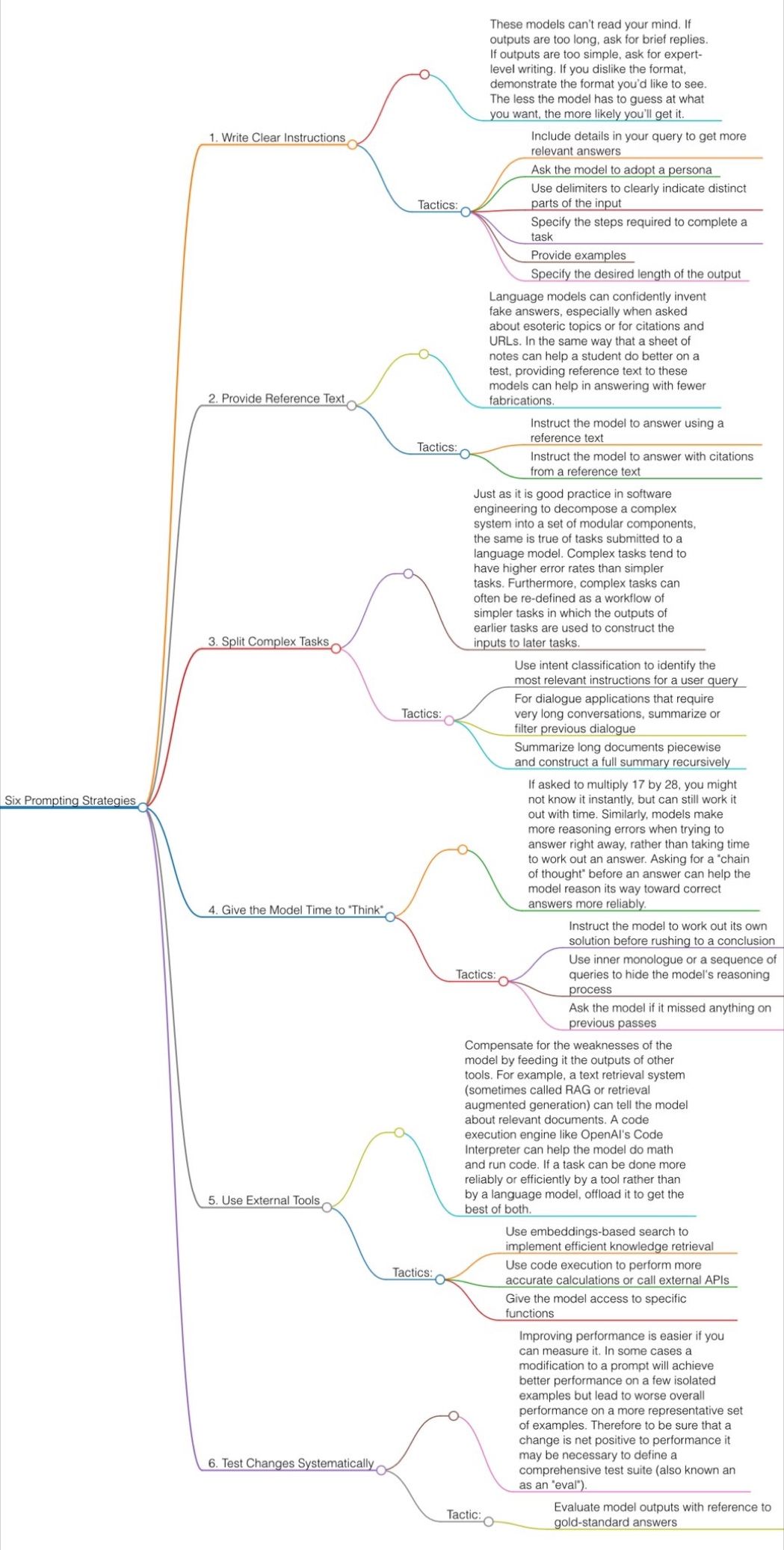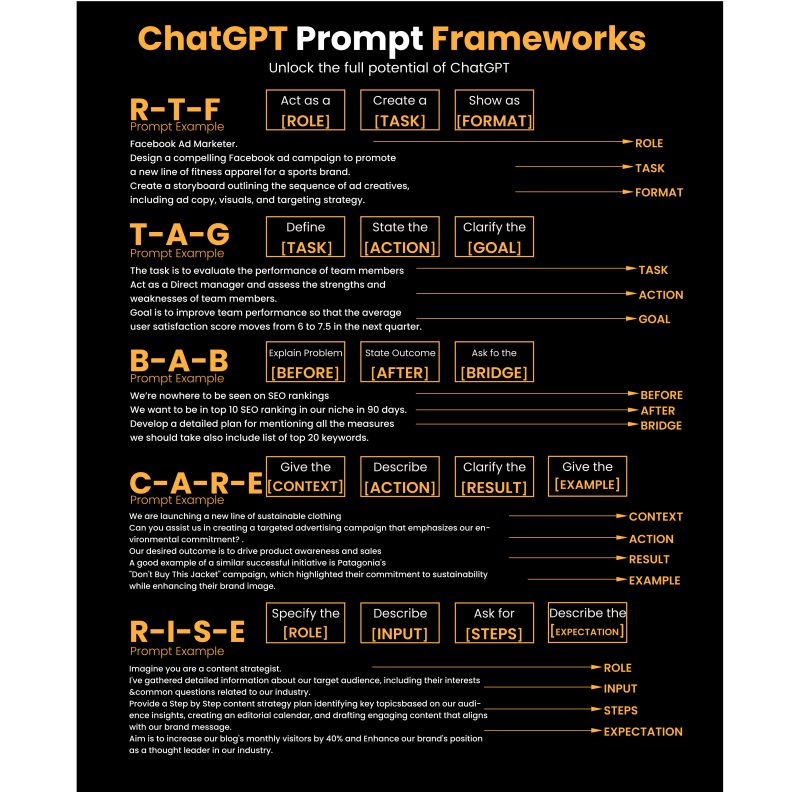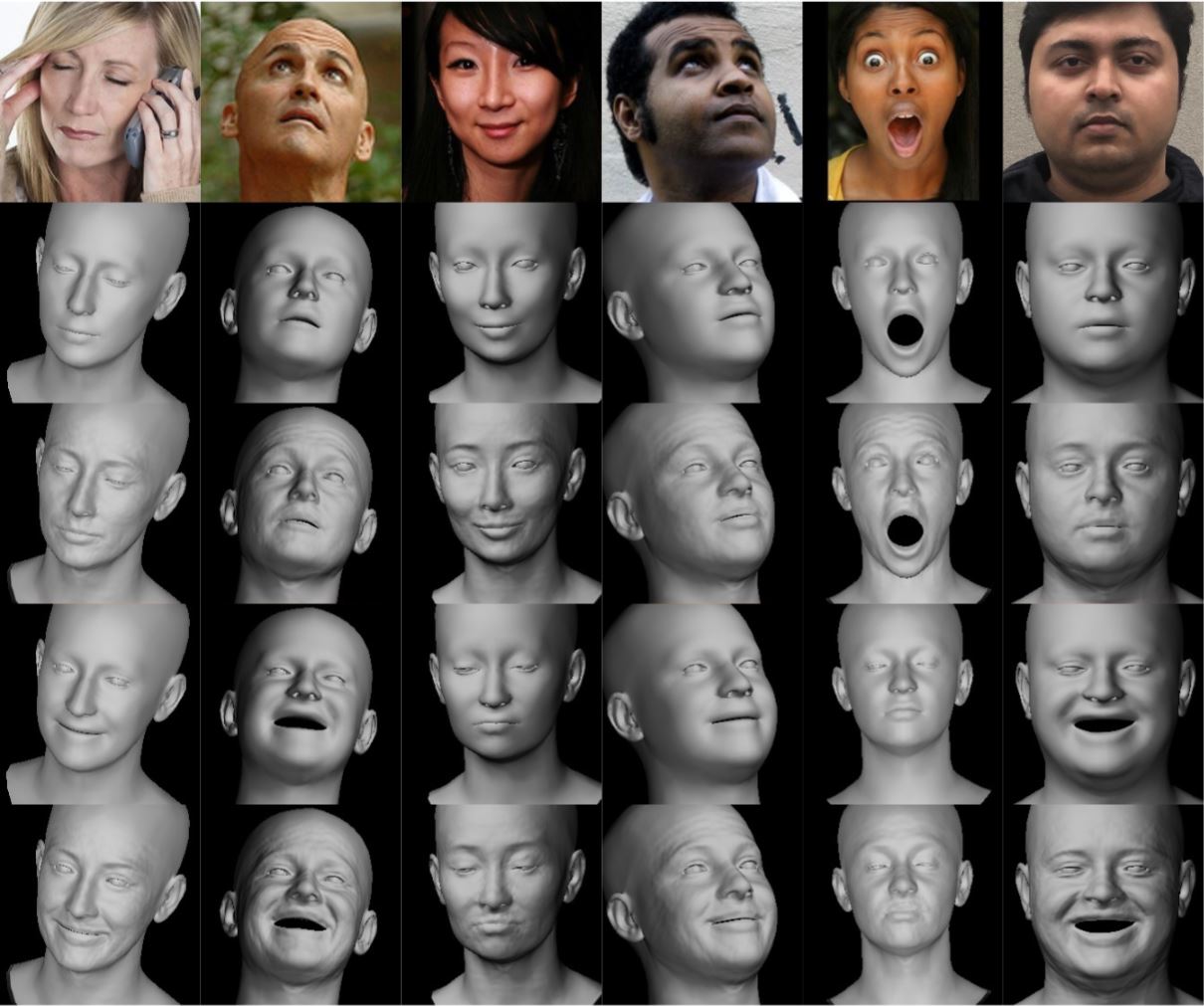https://www.turbosquid.com/ai-3d-generator
The AI is being trained using a mix of Shutterstock 2D imagery and 3D models drawn from the TurboSquid marketplace. However, it’s only being trained on models that artists have approved for this use.
People cannot generate a model and then immediately sell it. However, a generated 3D model can be used as a starting point for further customization, which could then be sold on the TurboSquid marketplace. However, models created using our generative 3D tool—and their derivatives—can only be sold on the TurboSquid marketplace.
https://resources.turbosquid.com/general-info/terms-agreements/turbosquids-policy-on-publishing-ai-generated-content/
TurboSquid does not accept AI-generated content from our artists
As AI-powered tools become more accessible, it is important for us to address the impact AI has on our artist community as it relates to content made licensable on TurboSquid. TurboSquid, in line with its parent company Shutterstock, is taking an ethically responsible approach to AI on its platforms. We want to ensure that artists are properly compensated for their contributions to AI projects while supporting customers with the protections and coverage issued through the TurboSquid license.
In order to ensure that customers are protected, that intellectual property is not misused, and that artists’ are compensated for their work, TurboSquid will not accept content uploaded and sold on our marketplace that is generated by AI. Per our Publisher Agreement, artists must have proven IP ownership of all content that is submitted. AI-generated content is produced using machine learning models that are trained using many other creative assets. As a result, we cannot accept content generated by AI because its authorship cannot be attributed to an individual person, and we would be unable to ensure that all artists who were involved in the generation of that content are compensated.











#BrendanFraser is a righteous dude.
In November 2007 our paychecks stopped. I was the FX lead on #JourneyToTheCenterOfTheEarth for Meteor Studios in Montreal and was asked to convince my crew to stay and finish the picture with a guarantee we’d all get paid with overtime. We had a handfull of shots left.
As soon as we delivered the last shot, we were escorted out. It was two weeks before Christmas and we’d soon learn there was no money. Meteor was declaring bankruptcy.
They owed us 1.3 million dollars.
Variety put their best reporter on it and after many artists and support staff bravely came forward, I got this short terse email:
“The paper(Variety) has decided that another visual effects company going bankrupt, however sad, is really not news worthy at this time”
I kept trying to get help from the Hollywood press. I realized it wasn’t just Variety’s decision, no one wanted to touch the story. My guess was the studio had put pressure on them to bury it.
Finally, I made that rejection quote from Variety the headline of our own press release, and hired a PR company to release it. One artist, Eric Labranche, made a website for us to communcate with each other and vote, many others helped as well.
Then I tried to get the attention of Brendan Fraser, the star and executive producer of the movie. I called his “people” from IMDB pro. They said they’d tell him, they did not.
24 hours after the release, I got a threatening email from Variety and a call. I hung up. I then got a call from Les Normes the labor dept in Canada. They told me not to go to the press it would ruin our case. I hung up on them to. Then the phone rang again and it was this fast talking New York City gal with a heavy brooklyn accent. She was excited that I’d called Fraser’s people and had gotten no response from him.
It was page six of the Post, the gossip page, but we’d take it. She said the story would be live on the website within the hour. Exactly one hour later there it was: https://pagesix.com/2008/08/01/a-journey-in-search-of-pay/
My phone rang as I was reading the piece, a 212 area code, I answered to thank the girl, but a man answered and he said. “Is this Dave Rand?” I said “Yes”.
“This is Brendan Fraser, what the fuck is going on?”
He had no idea that artists were not paid on his movie. He listened intently, asked a lot of questions and promised he would call me regularly until this was solved.
First, he called the Post to tell all: https://pagesix.com/2008/08/03/to-the-rescue-2/
A vfx wave began to form. Branden kept his promise, he publically campaigned for us. The media, especially Variety, even started to cover our story. Thank you David Cohen.
We finally got 80% of our money almost 2 yrs later.
To quote the great Steve Hulett : “What runs the world isn’t what’s right, or who’s the richest, it’s leverage, and who has it.”
We’d had none, but Mr Fraser gave us wings.
He’s a righteous dude.
These days, I’m very selective, if I’ve chosen to work there you can bet they’re moving in the